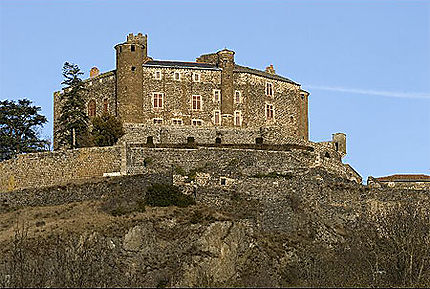
© Collections BDIC/Delasalle, Angèle | Une scène de l'armistice, 11 novembre 1918
The Armistice declared the end of World War I on November 11, 1918, at 11 a.m., and there was, of course, great jubilation. Ten million soldiers and 8 million civilians were killed, the greatest devastation the world had ever seen at the time. This year is the 100th anniversary of the Armistice. I feel privileged to be able to celebrate this anniversary in France where the effects of that war are still deeply felt.

According to an article by University of Paris Professor Dominique Kalifa in Histoire & Civilization magazine (October 2018) France alone lost 1.4 million French soldiers with a quarter of them between ages 18-27. Among civilians, 300,000 were killed and 240,000 died of Spanish flu. Four million soldiers were wounded or mutilated including 15,000 whose faces were severely disfigured (a.k.a. gueules cassés).
There were countless others who suffered from psychological troubles, now known as PTSD, that included hallucinations, melancholy, mental breakdown, sleeping difficulties, mood swings, sexual pathologies, and speechlessness.
Every family was touched by the war. The war produced 600,000 widows and one million fatherless children. The nation's birth rate subsequently declined severely because of the loss of so many young men. Many soldiers who returned home were not recognizable by their children. Other soldiers were unable to resume their place in society or the workplace; they suffered from complete bitterness as a result.
The devastation to human beings was matched by the physical destruction of 550,000 houses and 20,000 public buildings, 3 million hectares (7.5 million acres) of agricultural land, 60,000 kilometers (37,300 miles) of roads, 3,000 kilometers (1,864 miles) of railroads, 2,000 kilometers (1,242 miles) of canals.
In the northern and eastern parts of France, whole forests disappeared, the land was covered with gaping holes and trenches, and the soil was made toxic from millions of tons of scrap iron, debris, and cadavers. Dozens of villages remained abandoned because the wreckage was too difficult to clear. Manufacturing and mining were halted or greatly diminished until the mid-1920s. The cost of reconstruction was 35 billion francs or more than the entire national budget of France at the time. Inflation was rampant, and the economy took more than 6 years to recover.
 |
| War memorial in St. Didier |
Most towns have a war memorial in the center square. In fact, 36,000 memorials were erected in France between 1920-25 with the inscription "à nos morts" (to our dead).
 |
| War Memorial in the local church at St. Julien Chapteuil |
Churches also display marble war memorial plaques that alphabetically list the names of local citizens who had fallen. It is plain to see the multiple losses of sons that many families endured.

Many cities have planted trees in city squares to remember the dead, like this one in Le Puy, which is located across from the City Hall. This tradition that signifies both victory and remembrance to the fallen started after the French Revolution (1789-99).
Every year on the morning of November 11, veterans, mayors, local authorities, gendarmes, and military officials pay tribute to the fallen in war.

 |
| Gendarmes of Le Puy |





























































